I need a command that will draw a horizontal "line" in the terminal. The line must be exactly the width of the terminal long (regardless of a current terminal width) and consist of a dash character (although a unicode symbol for a horizontal line can be also used).
It is better if it can be colored.
I need to use it like this:
echo some text
drawline
echo more text
And the output would look something like this:
echo some text
---------------------------------------------------------------------------------
echo more text

